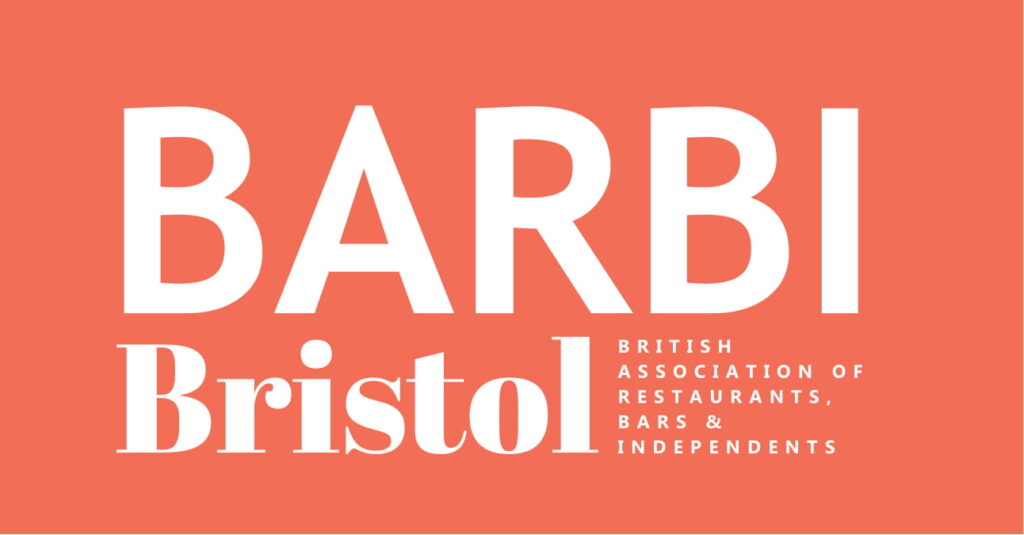Diversity, equality and inclusion are much more than buzzwords. Hotels and restaurants should work to improve accessibility, enabling all customers to enjoy the experience.
Being “wheelchair friendly” might be a good place to start, but there are many individual requirements across various disabilities that need specific care and attention.
Here are some top tips to ensure your venue is accessible to all…
Examine your layout
It sounds simple, but you should consider access long before a customer enters your premises. Make sure you have adequate accessible parking. 4% of parking spaces should be disables parking if you have over 50 spaces available. If you have a smaller car park, then at least one of these should be reserved for disabled people. These parking pays should be close to the entrance of your venue, and should be 3.6 metres wide.
The route to your venue should be clearly signposted with pathway edges clearly defined. The route should be well lit and kept clear of obstacles. Where possible, pathways should be a minimum of 1.2 metres, but ideally 1.8 metres, wide.
You should also consider ramped or level entrances, or install a lift as an alternative to stairs. Make sure your entranceway is as welcoming as possible with automatic doors wide enough to comfortably accommodate wheelchair users.
Within your hotel or restaurant, you should consider small changes to help improve accessibility. Keep aisles wide and ensure routes to service counters or accessible toilets are clearly signposted. Speaking of which… it is a legal requirement to ensure disabled customers have equal access to toilets so you must ensure there is at least one accessible toilet in your premises. It’s also good practice to have lowered service counters to accommodate those in wheelchairs too.
Installing sound dampeners can help to control the noise levels in your venue. You could also consider creating separate sections within your venue, such as quiet zones, or family-friendly areas so your customers have the option of where to enjoy their experience.
Consider décor and signage
Are your tables high enough to accommodate a wheelchair? Is your venue well lit throughout? Small changes can make a big difference.
All signs throughout your venue should have large print and good colour contrast, and be situated at eye level.
Information such as menus or welcome packs should be printed in an easy-to-read font such as Arial, a minimum 12 point size and with good spacing. You should also provide menus or other information documents in different formats – for example, large print and Braille. Hotels should consider offering big-button phones on request too.
Hotel rooms should also be designed to be accessible. In this great article on the topic on improving accessibility in rooms, Anava Baruch says: “We should try to get away from the ‘us and them’ mentality, and instead create beautiful, stylish spaces for all. A creatively and ingeniously designed room will be desirable to all, regardless of their ability.” It’s true that accessible spaces will have certain features designed to improve access, but they should be able to be used by everyone and avoid being perceived as ‘medicalised’.
Consider invisible disabilities
Remember that disabilities aren’t always visible. Many people who look physically able may need to use an accessible bathroom, or have individual needs.
Customers with mental health problems or learning disabilities, for example, may appreciate any measures you can offer to reduce stress or crowds. Offer in-room check in/out or prioritise certain tables for quicker table service if needed.
Tailor your service
No two customers are the same, and your staff should be trained to understand this. Look for staff training opportunities and courses to help your team professionally and effectively work with a range of customers with different needs. The National Disability Authority has produced a valuable online training module to help staff deal with customers with disabilities.
While some customers appreciate a quick, efficient service, some customers require service staff to verbally communicate what they’re doing in a calm and friendly manner. For example, some guests may need extra assistance finding their hotel room or understanding the layout of your restaurant. Training staff to identify signs of disability and the appropriate additional steps to take is key here.
For example, if customers must wait in line to order or receive their food or check in, it’s good practice to have seats near this area. This allows disabled guests to sit down while waiting, allowing staff to let them know when it’s their turn to be served. Even better, make an exception for these customers and encourage your staff to provide table service.
You should also train your staff to deal with service dogs. While your staff should resist petting or distracting the dog, bringing them a bowl of water shows kindness and empathy.
Ask your guests if there’s anything else they need, or any additional ways you can help them enjoy the experience. Often, guests may feel uncomfortable “making a fuss”, so it’s important to show your customers that you’re genuinely happy to help improve their experience.
Understand and empathise
If you are unsure of the suitability and accessibility of your venue, why not contact a local charity or support group and invite a group of people with a range of disabilities to visit your venue. Provide free drinks and snacks, or even a complimentary meal, to say thank you for helping you.
Taking advice and input from expert organisations is great as they’ll be able to give advice on best practice, but you should also listen to people living with disabilities. They know better than anyone what they need and how your venue should improve.
Create a list of everything you offer to help disabled customers, so you are able to handle all enquiries efficiently and sensitively. However, always be open to trialling new solutions and ideas.
You should promote your accessibility on your website and other promotional material, so it’s easy for all customers to see whether your level of accessibility will meet their individual needs. Be as detailed and specific as you can, including measurements where possible.
Improve accessibility, and reap the rewards
It makes good business sense to improve accessibility at your venue, as well as ethically being the right thing to do. The more people who can visit your venue, the more turnover you’ll make. Plus, if you can truly demonstrate your dedication to accessibility and inclusion, it’s likely your customers will stay loyal to your business and return time and time again.
VisitEngland research suggests that over £12 billion a year is spent in the hospitality and leisure sector by disabled guests and their carers.
List your venue’s disabled access information on Euan’s Guide, giving customers a clear idea of what to expect when they visit. Sites such as DisabledHolidays.com and other hotel review sites also help customers determine which venue is right for them.
Here at NDML, we’re all about providing great customer service – because we know you are, too. For more top tips follow us on social media or get in touch to chat to our team.







